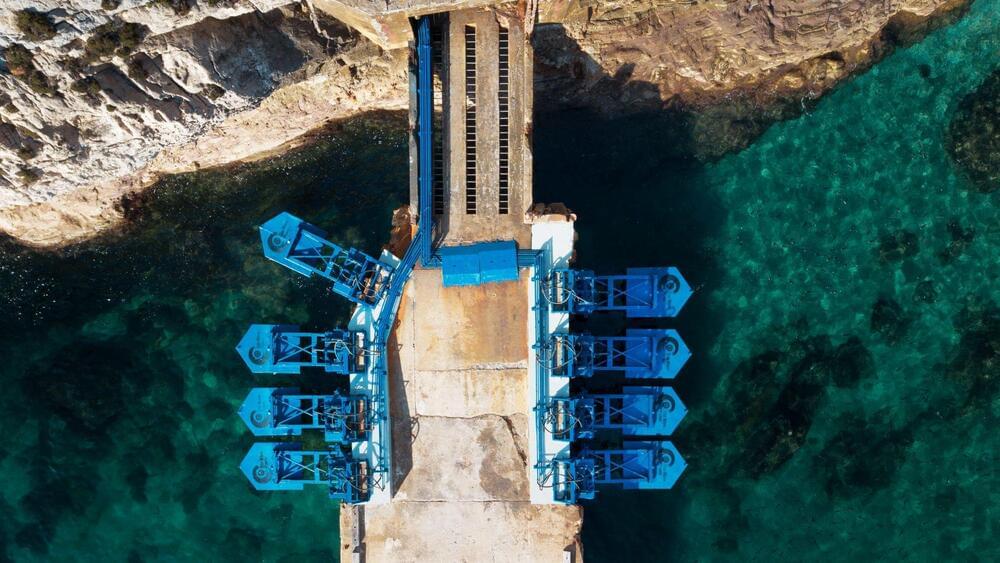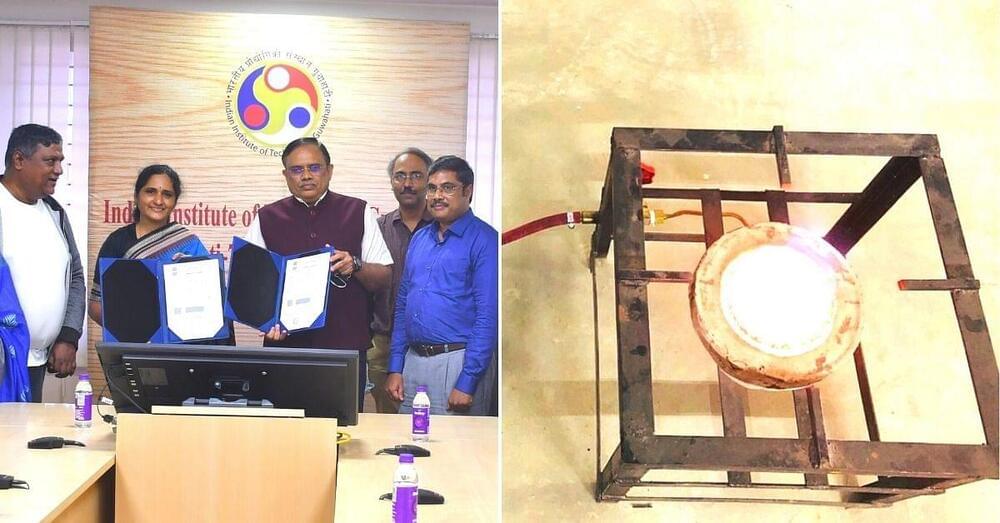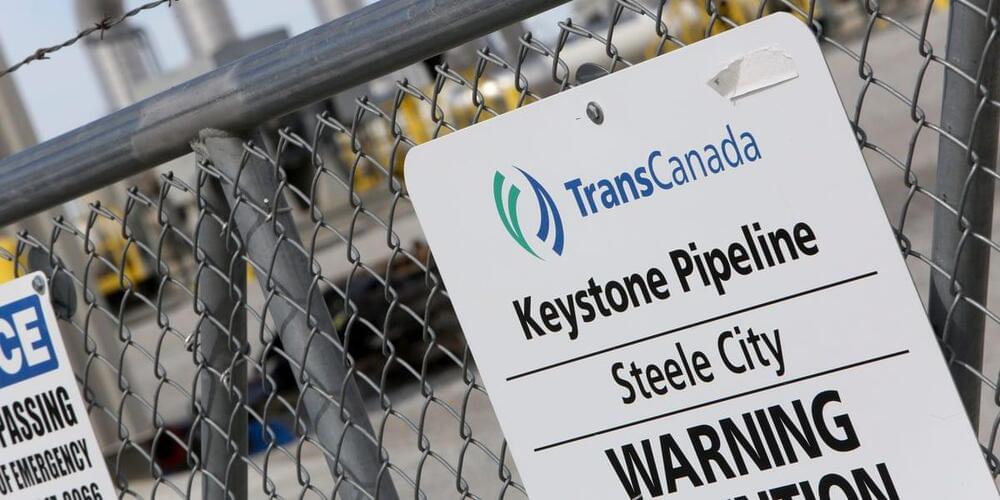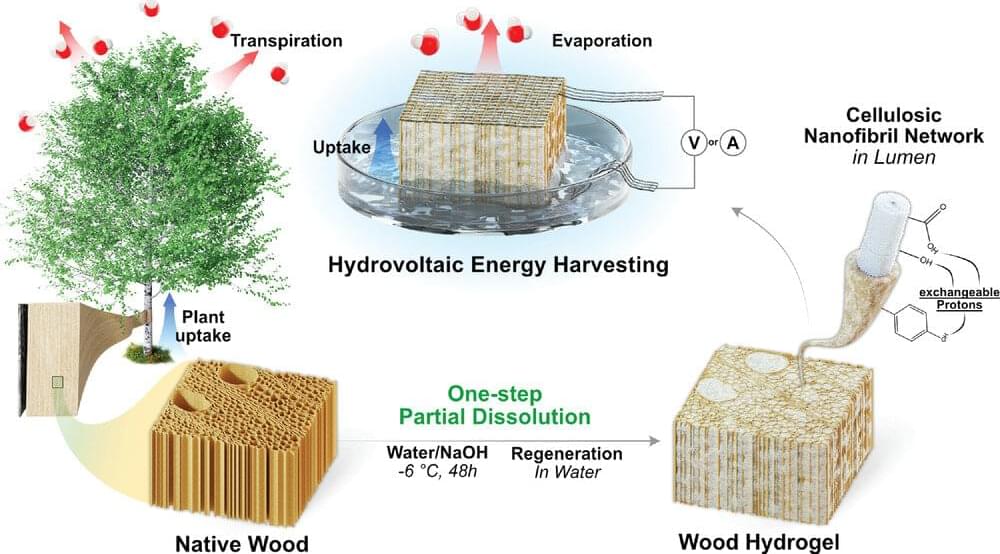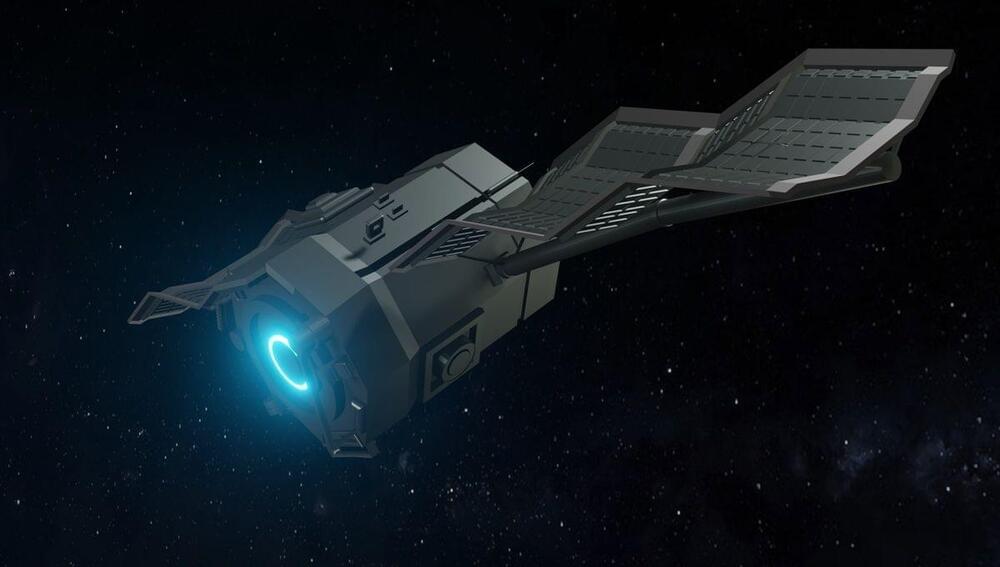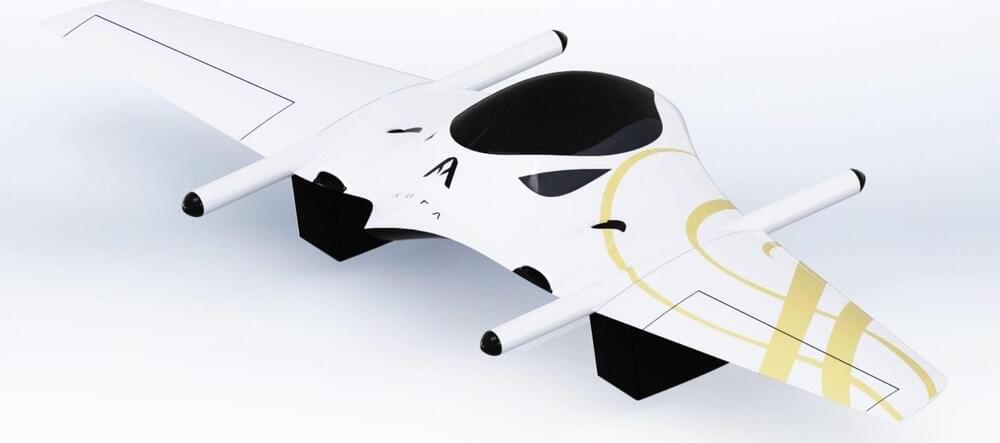Go to https://buyraycon.com/isaacarthur for 15% off your order! Brought to you by Raycon.
They say you should always attack from the high ground, and there’s no higher ground than from orbit. Today we’ll examine orbital strikes, asteroid bombardment, kinetic weapons, dropships, and how to defend from them.
Visit our Website: http://www.isaacarthur.net.
Support us on Patreon: https://www.patreon.com/IsaacArthur.
Facebook Group: https://www.facebook.com/groups/1583992725237264/
Reddit: https://www.reddit.com/r/IsaacArthur/
Twitter: https://twitter.com/Isaac_A_Arthur on Twitter and RT our future content.
SFIA Discord Server: https://discord.gg/53GAShE

